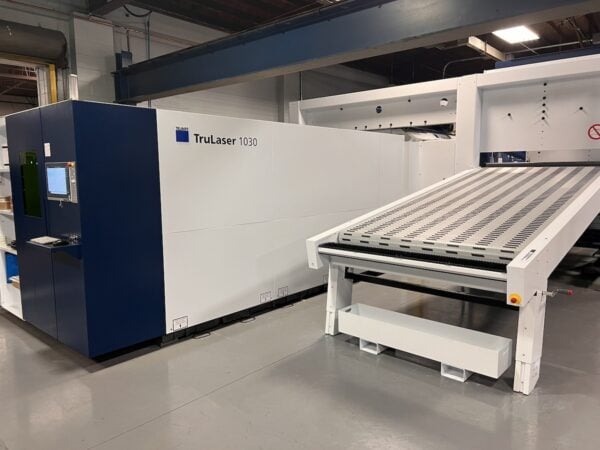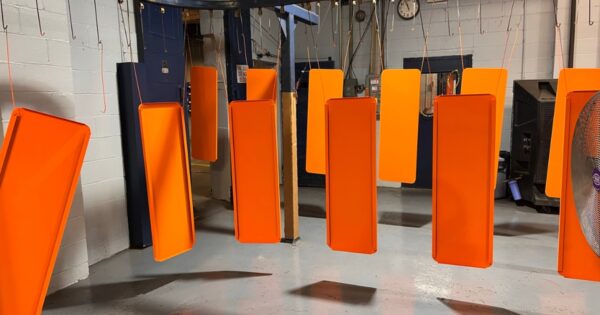When designing sheet metal enclosures and products, engineers must decide how the components will be joined. Hardware insertion is a common method, allowing engineers to cleanly add fasteners to sheet metal parts. Fasteners are used across industries, including consumer electronics, data and telecom, medical equipment, and automotive electronics.
You may have heard them called PEM® fasteners; however, PEM is a brand name and registered trademark for specific fasteners manufactured by PennEngineering. In addition to PEM, several other companies manufacture fasteners. The choice of fastener will depend on your application. Some fasteners include:
- Nuts, which screws can be inserted into, may be called self-clinching, threaded inserts, or captive fasteners.
- Locking nuts resist loosening when they experience vibration or movement.
- Floating nuts and screws can provide load-bearing strength to thin sheet metal components
- Studs are threaded bars that resemble a screw
- Standoffs are used for the spacing of components and are threaded into a nut.
When To Use Fasteners
There are other methods of attaching metal components, including several types of welding. However, under specific circumstances, fasteners are more appropriate:
- For products that require removable components for access or repair
- For products that need fast installation in the field
- For light applications that don’t require excessive strength
- For joining dissimilar metals
Welding is more appropriate when you want a permanent attachment. In addition, welding is more robust, so weld fasteners may be more suitable for heavier applications.
Hardware Insertion
Choosing the correct hardware will impact the quality of your final product. Since some sheet metal may be too thin to be threaded, the fastener essentially becomes part of the metal to provide threads or studs for joining. Hardware specification is a critical step in the design process.
The hardware is inserted by punching or drilling a hole smaller than the diameter of the fastener. A parallel squeezing force presses the fastener through the hole and crimps it into place. The sheet metal cold flows around the fastener to provide torque-out resistance, so the time the squeezing force is applied is critical to allow this process to happen. The head will be flush with the sheet when installed.
Holes must be spec’d to be the correct size. Holes that are too small can be made larger, but it takes additional time. Holes that are too big will generate scrap because once removed, material can’t be added back.
Material compatibility between the hardware and the sheet metal is essential. The fastener cannot be a softer metal than sheet metal. If the sheet metal is harder than the fastener, it can be damaged and won’t have the clinching to secure it to the metal.
Placement of the fastener is vital to ensure it doesn’t impact the structural integrity of the part or negatively impact the fastener’s performance. If the fastener is placed too close to an edge or bend, the sheet metal can bulge, and reduced performance can occur. The manufacturer provides the centerline-to-edge (C/L) dimension for each fastener. If several fasteners are placed next to each other, the distance between them should be C/L + ½ the diameter of the second mounting hole.
We Can Help With Hardware Insertion
To effectively use hardware inserts, they must be correctly chosen and properly designed for your project. As a full-service precision sheet metal fabricator, Tusco Manufacturing assists clients in achieving desired outcomes by applying design for manufacturability (DFM) principles to each project. We will ensure material compatibility and that the fasteners’ placement will not negatively impact the part’s integrity. Contact us for a quote.




